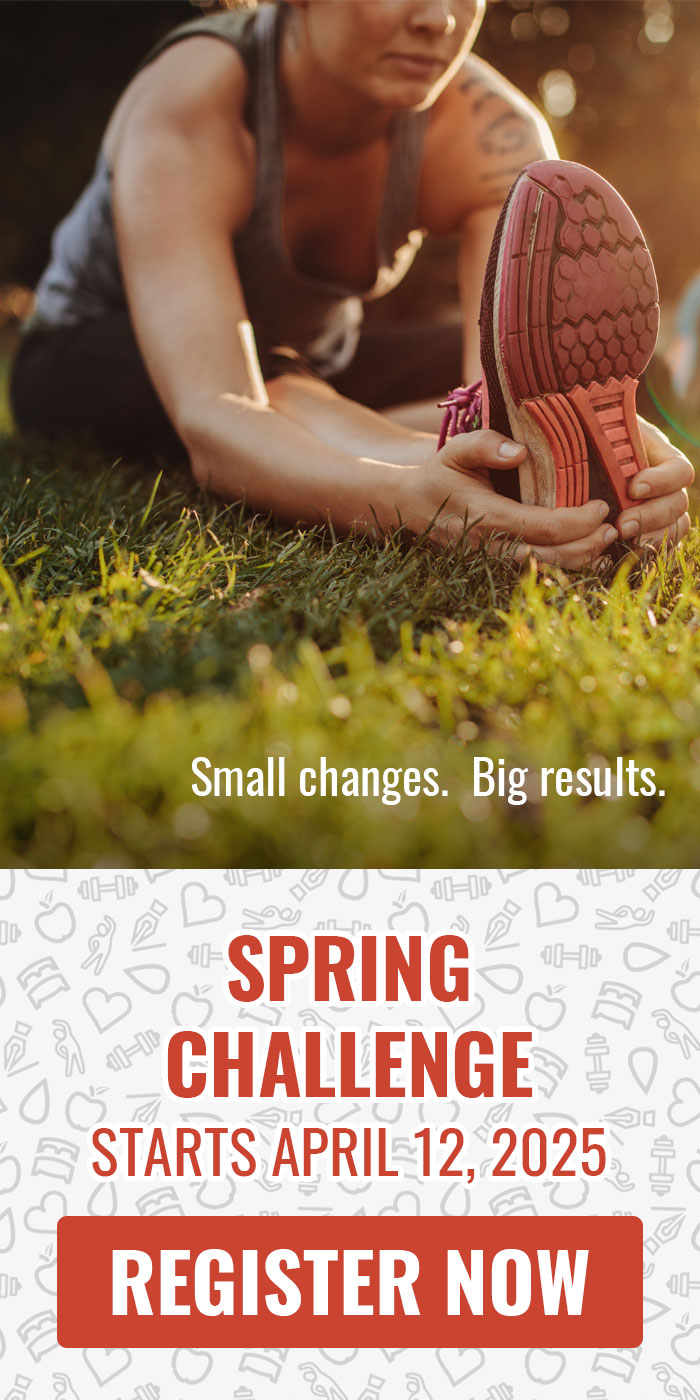 Reading Time: 7 minutes
Reading Time: 7 minutesParents and their children are constantly on the go with work, school, after-school programs, sports, and other activities. You come home after working long hours, you help your kids with their homework, and then you cook, clean, and prepare the house for the next day. There may be little time for you to sit and have a conversation with your children. You have the weekend, but it’s not enough to truly catch up, much less relax and enjoy time together.
This is the power of the holidays — holidays can pull a family together and reinforce the fact that quality time is essential.
The holidays allow us to put our daily routines aside, at least for a little while. We benefit from a well-deserved break from our routines, and when it is time to return to our normal schedules, we can go back with a clear mind and enjoy a stress-free start.
Unfortunately, our weight-loss and health goals rarely match up with the activities and meals that typically take place during the holidays. And showing up to that special family dinner with your own personal Tupperware container will certainly draw some form of criticism.
To avoid the Tupperware jokes and still enjoy your holiday meals, you must begin your fit-for-summer plan well before springtime. Remember, it typically takes twelve weeks (three months) of consistency to notice a change in yourself. So rather than torture yourself at certain times of year — like January or as we approach summer — how about making moderate, healthy changes year-round?
Taking on healthy eating as a lifestyle rather than a quick fix will be more effective in the long run and also give you room for holidays and breaks in your routine — without sacrificing your goals. (Or pretending you can actually resist the honey baked ham, stuffing, and pie.)
You can get started right now by implementing the following four solutions throughout the entire year.
1. Visualize a Goal
Focus on the intention behind your fit-for-summer plan by creating a vivid image of your ideal body and/or your ultimate goal. What’s your ideal? Maybe defined stomach muscles? Picture that. Completing a marathon? Picture yourself crossing that finish line. Touching your toes? Imagine doing just that over and over.
Your “ideal” image may seem a bit crazy or far-fetched to you right now, but you must have a clear vision of where you are headed. No matter how unrealistic or impossible your vision may seem, you have the power to become what you visualize.

Picturing clear, vivid images is the perfect way to communicate to your brain. Research from the International Journal of Clinical and Experimental Hypnosis found that when your mind enters the state of deep relaxation brought on by visualization and other mind-body practices, it becomes primed for suggestion.
Morning affirmations such as, “I wake up happy and productive. I trust myself and my decisions,” “I feel healthy, strong, and relaxed today,” and “Every day there are opportunities for me” will begin to transform your visualizations into reality. Providing yourself with positive imagery and uplifting words is the first big step in bringing about your summertime goals.
2. Nutrition
Along with adequate water intake, emphasize protein and vegetables to achieve your best results. The average person can get enough protein through a proper diet without supplementation. Try eating good sources such as chicken, turkey, and leaner cuts of beef. You will find yourself much more satiated when you grill or bake these items than you will from eating burgers and chicken strips. Protein is a critical component of skin, hair, and glands, and is the building block of lean muscle tissue. You wouldn’t choose third-rate materials to build your house, so don’t use them to fuel your body.
Vegetables like kale, red peppers, and Brussels sprouts are also important in a balanced diet because of their low energy denstiy and high nutrient density. Said another way, this means you will consume a small amount of calories compared to the volume of food, and you will also receive higher amounts of vitamins, minerals, and antioxidants.

The best example of the opposite scenario is chocolates. A box of chocolates may only weigh one pound, but because of its high energy density and low nutrient density, you finish the box feeling completely unsatiated yet you’ve consumed an awful lot of calories. This dissatisfaction turns into extra food consumption since you didn’t receive the proper nutrients from the first pound of food and, like magic, a pound of chocolate turns into five pounds of extra bodyweight.
Even though there is no one perfect diet for everyone, you can pick healthier options with slightly different ratios of macros depending on your activity level:
- A 200lb male who works out four to five times per week, needs about 4-5oz of protein (24-30g), 25-60g of carbs, a cup of vegetables, and 7-14g of fat per meal 5x per day.
- A 150lb female who works out four to five times per week, needs about 3-4oz of protein (20-25g), 20-45g of carbs, a cup of vegetables, and 7g of fat per meal 5x per day.
3. Be a Fan and Cheerleader
Join a group with similar goals that will support you as much as you support them. Even though every person’s road to health is different, there are a few needs shared by all who begin this journey. Your fit-for-summer plan needs a supportive environment in which to thrive. People need others who have faith in their abilities, who understand and provide encouragement, and who will empathically listen to them.
For those of you who can’t seem to succeed every year, finding a group of like-minded and like-goaled people will allow you to regain a sense of self-management and self-direction. Although we need to be the ones making the decisions for our futures, receiving support while learning to be masters of our lives is truly empowering.

Groups like Exercise Friends can also provide much needed education about food triggers, community resources, and anything else that affects your well-being. The knowledge gleaned from these meeting will not just allow you to be active or reactive, but empower you to become a proactive participant in the management of your decisions and your life. The better we understand what we have to deal with, the better we can begin to manage our own choices, build courage and determination, and stay on the road to fit-for-summer.
4. Consistency
A consistent routine will take some time to develop. In the beginning, it will be difficult to prepare all your meals, do all your cardio, and hit every training session. Creating small, manageable goals like “no soda for the day” or “only one cup of coffee instead of five” will prevent you from attempting to do too much too soon.
There are bound to be days when you don’t follow all your own guidelines — so remind yourself to not be discouraged. There will come a point where you won’t even think about your new habits because they will be an instinctual part of your daily routine. But it’s going to take some work and time to get there.
Consistent healthy choices are about having the confidence in yourself to know you can make these choices and then giving yourself the space to reach your goal. The more times you make positive choices and follow your new healthy eating plan, the more confidence you will develop to stick with it and the easier it will become to manage the rough days — and seeing your results won’t hurt either.

Health Is a Year-Round Lifestyle
Next time you are thinking about starting a short-term fitness or weight-loss plan, remember these four solutions. They will be your guide as you navigate through the murky dietary waters of the year. You owe it to yourself and your family to enjoy the time spent with them as well as the delicious holiday food because preparation for summer shouldn’t start during the holidays — health is a year-round lifestyle.








